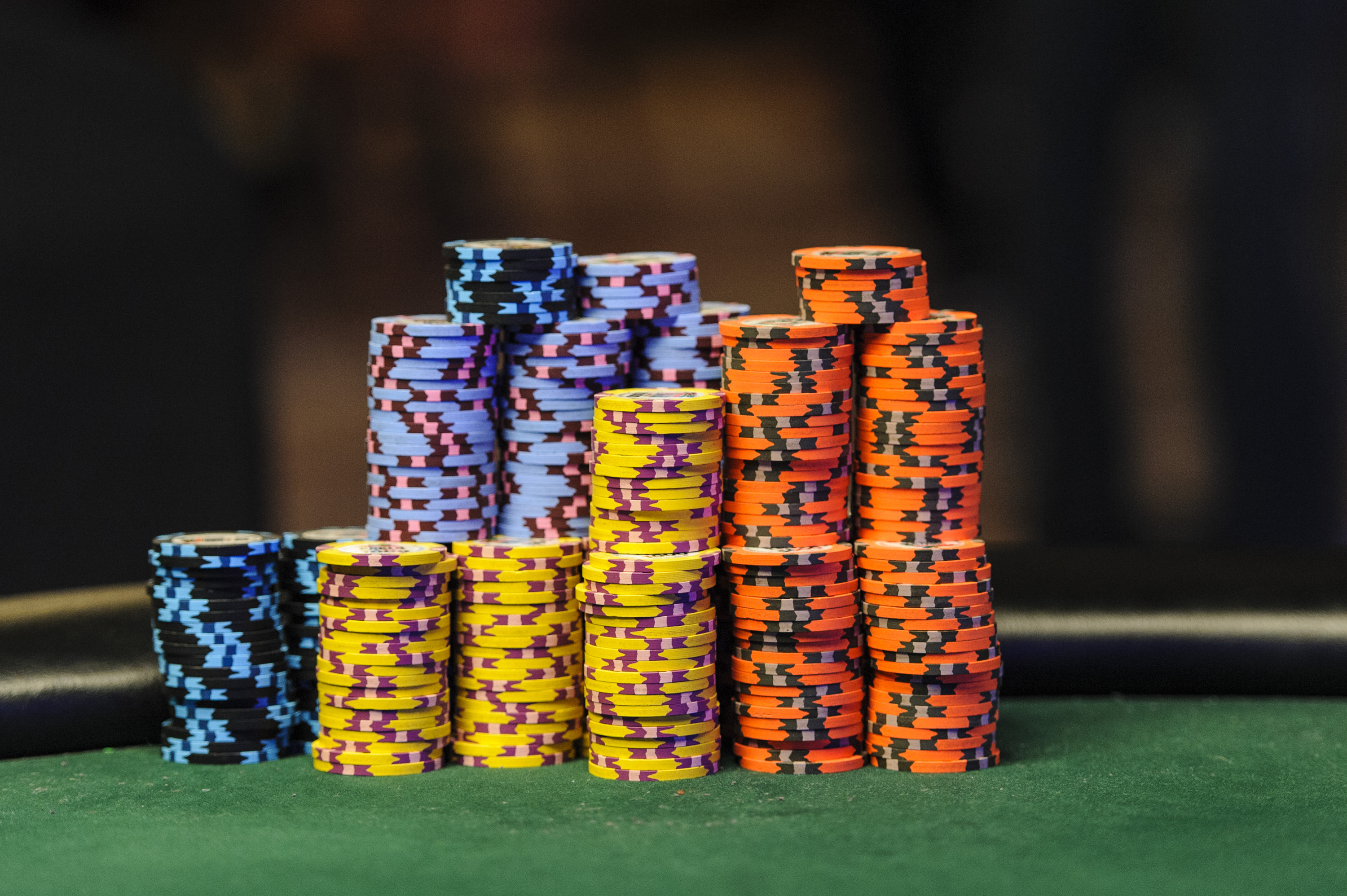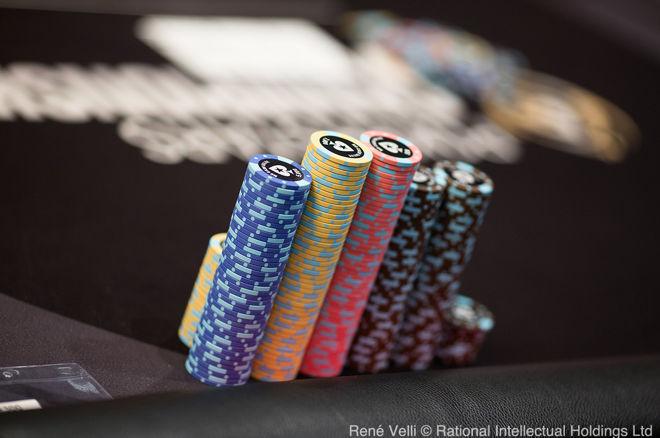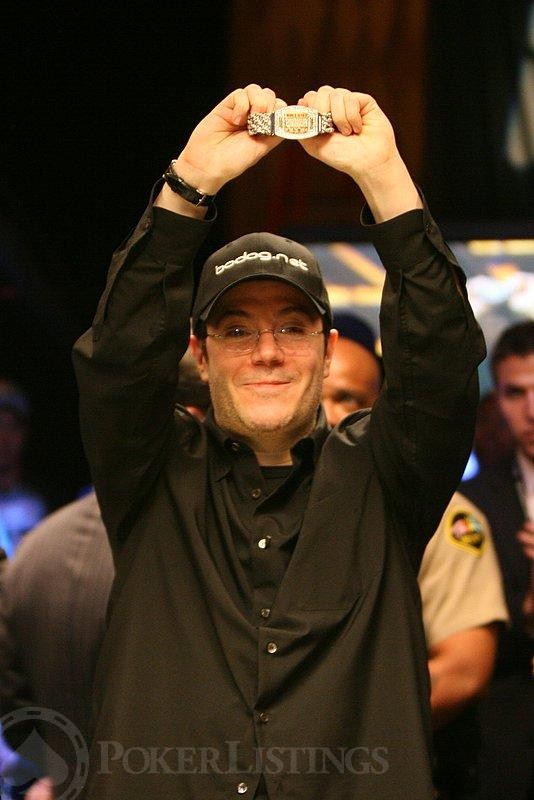Poker Big Stack
Big Stack Poker Tournament Play – Error #1 – Over-Relaxing. Time and time again players build a. Big Stacks Poker League. We have lost a member of our BSPL family in Central Florida. Frank Gilmore, father (and father-in-law) of dealers Frankie and Deanna Gilmore passed away on January 10th. Please keep Frankie, Deanna and their family in your thoughts and prayers.

Event 10 of the Foxwoods Poker Classic the $400 HighFlyer Stack $200,000 Guaranteed NLH. There were 573 total entries creating a prize pool of $200,550 before high hand payouts and admin fee. There are 72 players returning on Day 2 and they'll all be guaranteed a minimum of $800 for their efforts.
Typical confrontations between big stacks at this juncture are with “real hands”. The thing to keep in mind here, should you engage with another big stack on the bubble, is the player who felt no bubble pressure one hand ago but could potentially be at risk to bust now, will. Big Stack Poker Houston, Houston, Texas. BIG STACK POKER (BSP) OFFERS FREE TEXAS HOLD’EM GAMES AND OFFERS YOU A CHANCE TO WIN PRIZES EVERY.
- »News
- »How To Play Poker Tournaments With a Big Stack
Having a big stack of chips at your disposal when playing poker tournaments is an envious position to be in. Being a big stack opens up many doors that would otherwise be shut. You can use your dominating position to build an even bigger stack. You get to dictate how your table plays. It’s great being a big stack, it really is!
It’s difficult accumulating enough chips to be considered a big stack so it’s important to make it count when you find yourself in this position. I’ve lost count of the times where I’ve seen someone blow their advantage by playing incorrectly.
Players usually build their stack in one of two way: playing well or running well. The latter can be particularly dangerous because you’re lulled into a false sense of security. We’ll talk about that later. Let’s take a look at some pointer for playing with a big stack.
Use Your Big Stack To Your Advantage

This seems so obvious that it’s ridiculous to include in tips for playing a big stack. You’d be surprised to see how some big stacks clam up and play super tight once they’ve some chips. It’s like they don’t want to risk losing their big stack so just try to cruise to the money. Having a big stack gives you a significant chance of reaching the final table or even winning the tournament. You have to take these chances because they don’t occur often.

Remember this: nobody can eliminate you when you’re a big stack, but you can eliminate them. Players are scared of locking horns with opponents who can bust them for obvious reasons. Your opponents will assume you’ve got into this envious position by running hotter than the sun. Hardly anyone likes to admit their opponents are excelling through skill.
This means you can take stabs at pots as bluffs and will have a good chance to win the pot uncontested. Put a bet out when a possible straight or flush comes in and watch them fold. I bet they mutter under their breath who they wish they run hot!
Don’t go crazy, however, and start bluffing at every opportunity. That big stack of yours can soon dwindle away.
Use Your Big Stack To Target Those With The Most To Lose
You should assume the role of the table bully whenever you have a big stack. This means attacking those smaller / weaker than you and avoiding those who can stand up for themselves.
Fellow big stacks should be avoided unless you have a good hand or they are a weak player. It will be impossible to avoid other big stacks all the time, poker throws up some random encounters. Just don’t go taking on other well-stacked players just for the sake of it.
Target those players who have the most to lose by tangling with you. These tend to be the medium stacks who are cruising along nicely but who you can send to the showers. Medium stacks are more likely to duck out of the way when you raise into them or three-bet them. They prefer to take on players with shorter stacks then they’re armed with. Medium stacks can’t bully you, but they can apply pressure to short stacks.

You can also attack the small stacks but always be aware of which players know what they’re doing. Observation is key. It’s sometimes best to set these players all-in rather than simply raising. This is especially true if a shorty is in the blinds and you’re in late position. They’re less likely to call off their stack than they are three-betting all-in over your raise. You’ll find you’re often priced in to call if they three-bet shove on you, or at least be given a tempting price. The problem lies in that you have to have the best hand this way as the hand will go to showdown. Jamming on them first means you give them the chance to fold.
Don’t Forget To Play Solid Poker
It’s extremely easy to get overconfident when you have a big stack. You feel like you’re unstoppable and start taking unnecessary risk. You can afford to lose some pots, sure, but entering pots you have no right to be in results in your big stack being cut down.
Being a big stack gives you more freedom to play looser and accumulate even more chips. You still need to play solid poker to do this. Seven-deuce offsuit is still a horrific holding. Raising someone all-in on a stone-cold bluff is still rarely a good play. Keep your eye on the ball, play solid poker, enjoy yourself, and keep on building your stack.
In our last article about playing on the money bubble of a tournament, we looked at how we might approach short stack sizes and why. In this article we are going to address the enviable position of being one of the bigger stacks on the money bubble.
Generally speaking, the money bubble provides opportunities for bigger stacks to accumulate some chips without necessarily getting cards. This is easily accomplished by attacking players who seem to be desperately waiting for that bubble to burst to secure that payout before putting their tournament life on the line. Without drawing stack size lines in the sand, let’s talk about each generically.
Short Stacks
This one is pretty easy to figure out. They have a short stack, they are stalling (legally using their time bank online, or tanking/acting slower than normal live) and folding. Sometimes they will even give verbal indicators about wanting to make the money, being close to the money, a count of how many more until the money, etc. These are the players who are probably not stacking off to your raise without a premium hand. Just as an example, if they are resided to folding everything but JJ+/AK until the money bubble bursts, that would mean they are getting it in against your raise with the top 3% of starting hands, and folding to your raise 97% of the time. Obviously playing so insanely tight is wildly exploitable as it makes stealing from them even with any 2 cards extremely profitable. So exploit them. This may sound obviously, but when I play tournaments I routinely see short stacks that appear to be doing exactly this, and bigger stacks that don’t raise liberally into them to take advantage of it.
Medium Stacks

The medium stacks have a lot to lose. They may not be stacked up yet for a final table run like you are, but they are in a comfortable position relative to the money bubble, and for many players (especially recreational players), this comfort zone has likely already gone to their head… i.e. they may well have mentally locked up the fact they’ve cashed, despite not quite being in the money just yet. Once someone makes this mental distinction, whether consciously or unconsciously, they will be very reluctant to now put their life on the line before the bubble bursts. How can you tell if they’re folding for this reason, or just because they’re getting dealt pure garbage and no good steal situations? It can be tricky, but here’s what I look for:
- Verbal (chat) queues. As crazy as it sounds, players will sometimes tell you they’re folding to your big stack aggression. For example, you’re raising a lot, and before they fold a hand they say “good luck with that working after the bubble bursts”. Out of sheer frustration they’ve just told you that until they make the money, you can keep on raising them because they’re not going to do anything about it.
- Stalling/tanking. Stalling before folding near the bubble is an indicator that the player is aware of the bubble, and actively trying to draw it out on their table so the blinds come around slower. It’s not a telltale sign of course, but something to keep an eye on none the less.
- Skill level indicators. If the player is a strong player, has good winning results, etc., I would operate under the assumption they are more willing than other players to take a risk on the bubble in order to accumulate chips, and won’t be as bothered mentally by bubbling when that happens as weaker players might be. Whereas losing players may desire locking up that cash first, and intermediate players like TAGS who aren’t very skilled beyond the basics, tend to overvalue their life at this stage as well and fold too tight as a result.
Big Stacks
Big Stacks Poker League
Generally speaking, bigger stacks won’t feel the same pressure on the bubble as the short and medium stacks, as they don’t envision themselves not making the money at this point. It is likely you won’t tangle much with the other big stacks on the bubble, in part because the bubble will be a finite and a relatively small number of hands, and because most of the time the big stacks practice a bit of avoidance against each other while focusing on the short and medium stack folders. Typical confrontations between big stacks at this juncture are with “real hands”. The thing to keep in mind here, should you engage with another big stack on the bubble, is the player who felt no bubble pressure one hand ago but could potentially be at risk to bust now, will suddenly feel a lot of pressure as betting escalates. The shorter of the big stacks and the player who is facing the decision to call for their tournament life (as opposed to being the aggressor and putting your opponent to the decision) is likely going to be very reluctant without a very strong holding. If you’re the one in this unenviable position, shorter and/or not the aggressor in the hand, consider these things before you put a lot of chips in the pot. Don’t be afraid to take a line that practices some stack protection, and exit the confrontation early. It won’t feel good, but it’s really much better when you are the one with the upper hand in these spots and your opponent has put too much in and has to fold or risk their tourney life on the bubble. Obviously if you both have monsters the money will go in and someone is getting coolered. These considerations are for when you have a good but non-monster holding.
Playing on the bubble as a big stack is fun. You get to bully. You get to accumulate chips from players who are reluctant to miss the money. You know how irritating it is when the big stack is just hammering away on the bubble… when it’s your turn to be that player, take advantage of it and enjoy. Just don’t forget to take your foot off the gas when the bubble bursts, as those frustrated short and medium stacks are no longer going to have the pressure on them they just did.
Join us on our Discord channel.